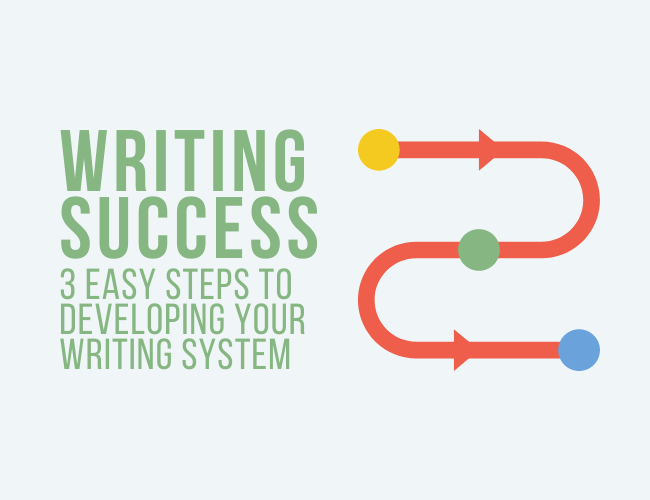
by J. D. Edwin |
Have you tried writing a book but failed to finish it? Do you wish you could have some writing success, but each time you set out on an idea, something stops you?
Do you have a writing system?
If you want to be a successful writer, it helps to establish a solid, reliable writing system that evaluates your writing process. To do this, you need to experiment with three key steps to designing the best system for you.
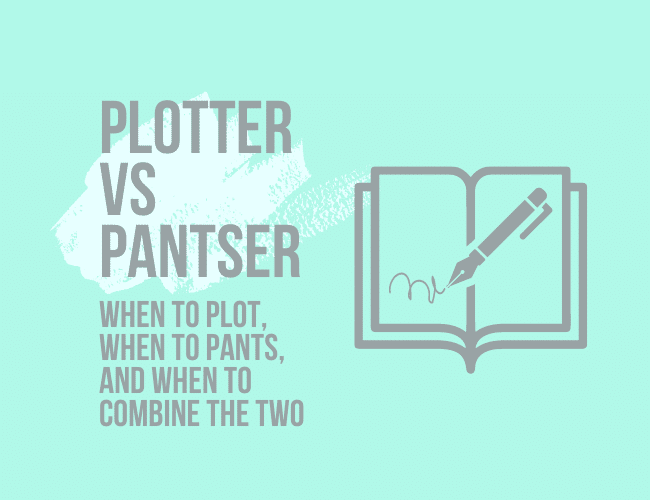
by J. D. Edwin |
How do you plan a story? If you’re a writer, you’ve probably heard about different creative writing methods to finish a first draft. Is there a right or wrong to these? Have you tried different method, but still don’t feel like it’s a perfect fit?
At some point in your process, it’s likely that you will with primarily pants or plot a novel. Maybe you even do both at different times in your writing process.
In this article, you’ll learn when the best times are for planning your novel. You’ll also learn different stages of that planning process when you might prefer to pants, plot, or some hybrid method of the two.
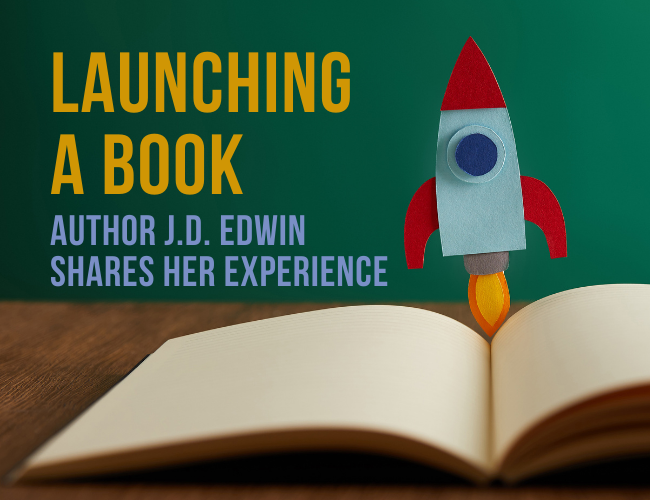
by J. D. Edwin |
Have you ever tried launching a book? Does the idea alone intimidate you, or make you feel completely lost?
When launching a book, there’s a lot to learn. Not surprisingly, the best advice comes from writers who have experience in this.
This post is a special segment from author J.D. Edwin. In it, she shares her personal experience about launching her book Headspace, filled with all the essential details you should keep in mind while launching your book.
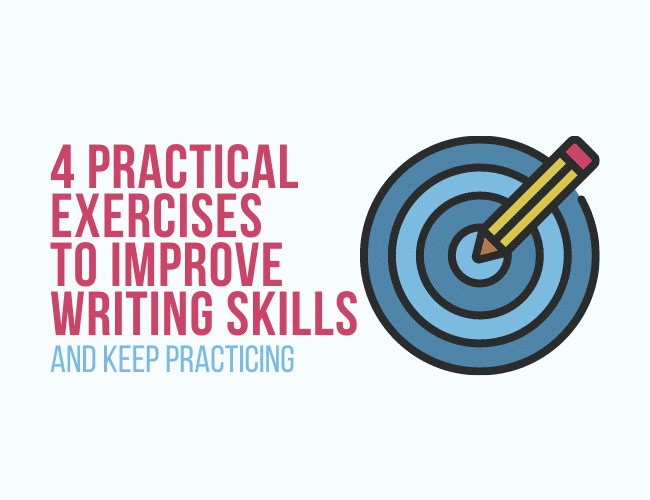
by J. D. Edwin |
Have you ever heard what people tell kids who want to play sports? Practice. Did you grow up with music lessons? You’ve probably heard the same thing. Keep practicing.
But can you apply the same philosophy to writing?
Not only is practicing writing a good way to improve your writing skills—it’s essential to becoming a better writer.
And like all honed skills, you need a good teacher or guide to push you—to help you practice. In this post, you’ll not only learn four steps to help you practice, but exercises to improve your writing skills along the way.
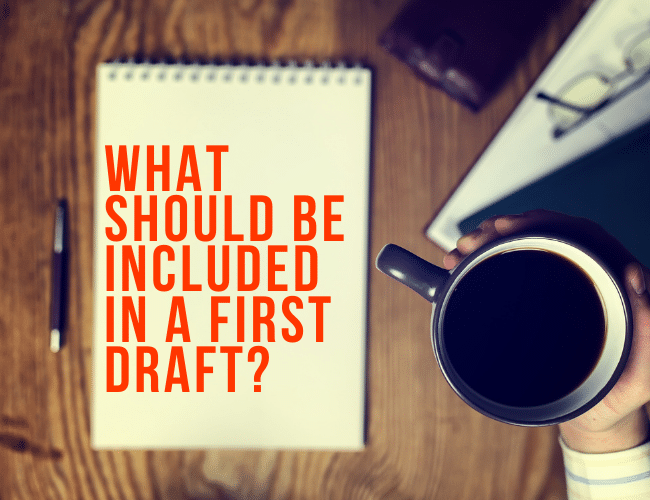
by J. D. Edwin |
What should be included in your first draft? Writing the first draft of a book is incredibly difficult. So much so that many writers don’t even finish their first draft. Why is this? And how can we prevent this from stopping us from writing our first drafts?
Every writer who has ever written a book wrote a first draft for that story—and it’s highly unlikely that the first draft was also the final draft.
Of course, it’s hard to remember this when you’re reading a published book. Writers don’t often see the first, or even second (maybe more!) drafts of a book. Just the final product.
However, behind every great story there is a beginning—and in every beginning there are elements we, as writers, need to care about accomplishing. There are also elements that will only hold us back.
In this post, I will cover the three elements you need to include in your first draft, and the three elements that will only slow down or stop your writing process.




